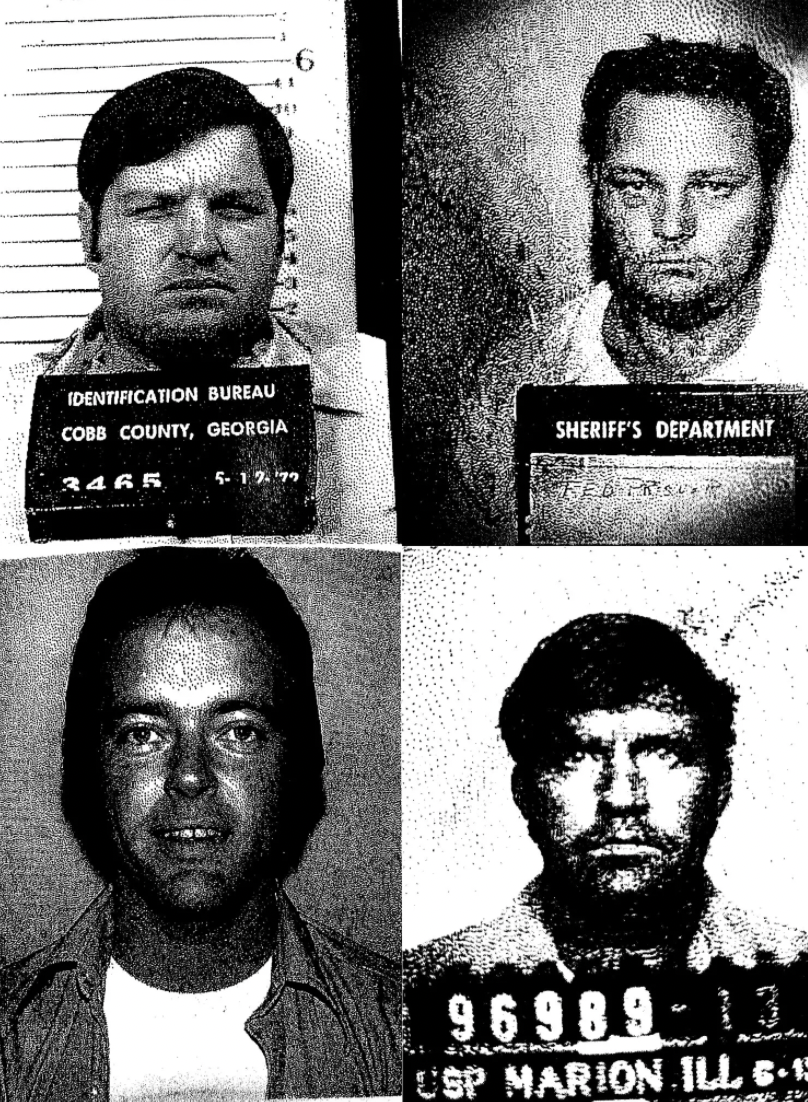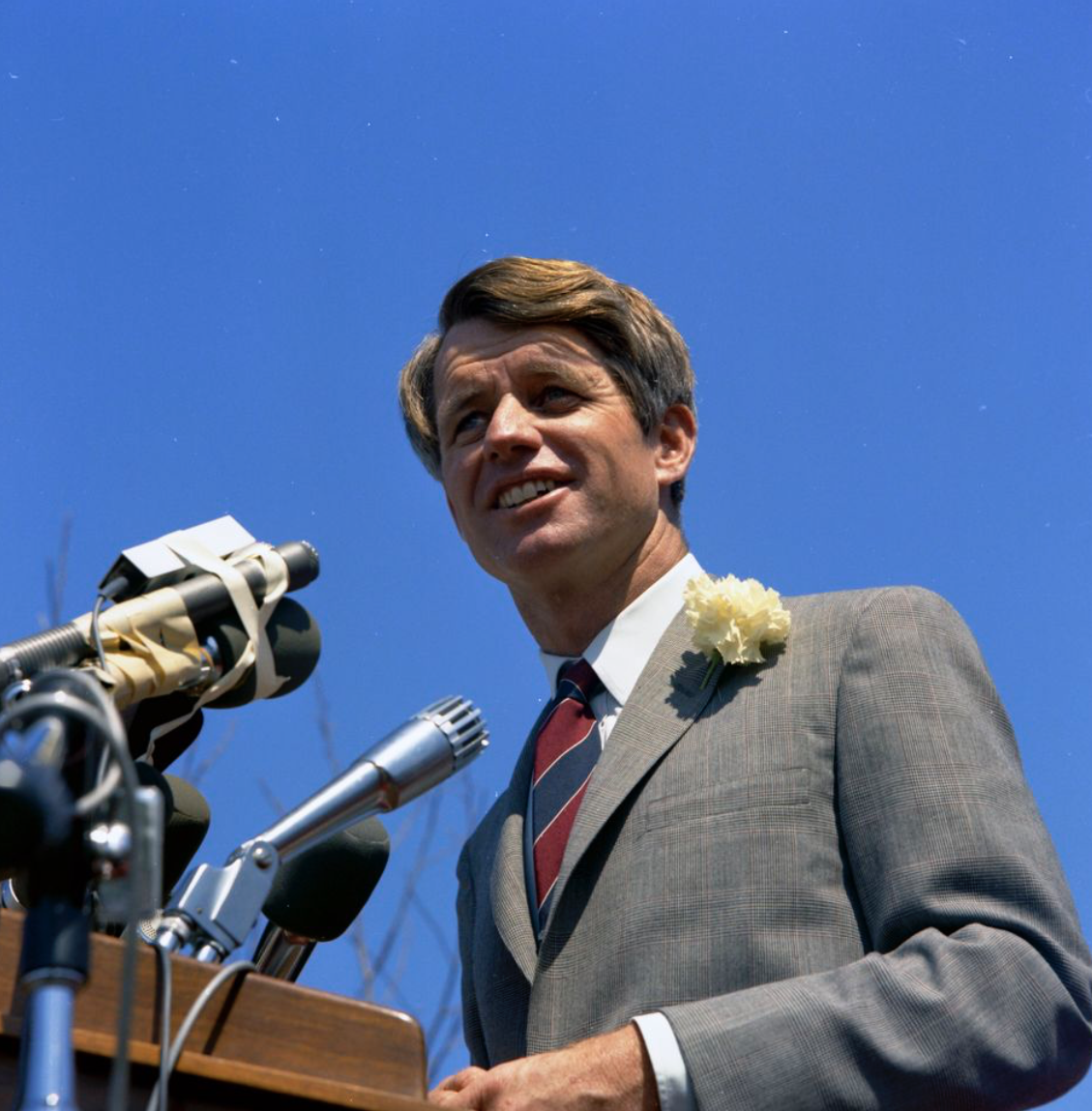The History Behind the NAACP
The NAACP, or the National Association for the Advancement of Colored People, has become a forefront civil rights group in the past century. They have fought against Jim Crow laws which plagued the South, have created a legal defense fund, and fought hard against desegregation. To understand where they are today, we must understand why they formed in the first place.
The Race Riot of 1908 (which is also known as the Springfield Race Riot) began on August 14, 1908 after reports that a black man assaulted a white woman the night before. On August 14 itself, another incident similar to the one the previous night was reported, and it sent thousands of white Americans and European immigrants into a rage. Two men, Joe James and George Richardson, were arrested for the assaults. George Richardson would eventually have his indictment dismissed after being wrongly identified.
A massive crowd formed outside of the Sangamon County Courthouse, wanting to lynch the two men. The Sheriff moved James and Richardson to an undisclosed location. Unable to get to James and Harrison, the white mob turned their anger towards Scott Burton and William Donegan and were quickly lynched. Six more black people were shot and killed in the aftermath of the riot. It is estimated around 2,000 black residents left Springfield, never to return.
Many were rightfully horrified after the events in Springfield. In the “Land of Lincoln” as Illinois, especially Springfield, is known as, for such racial violence to occur was a scar on the nation. Prominent memebers of the Niagara Movement such as W.E.B. Dubois and white liberals such as Mary White Ovington saw the necessity for a civil rights organization fighting for the rights of black people across the country. On February 12, 1909, the centennial of President Abraham Lincoln’s birth, the NAACP was formed. Their forming proved there wasn’t just racial targeting in the South, but all across the country.
Their goals were an end to segregation, racial violence, and to ensure civil liberties for all. One of their earliest achievements was in 1915, when lawyers for the NAACP successfully argued in front of the Supreme Court, and won, calling the “Grandfather Clause” to keep blacks from voting in many states-unconstitutional. Another achievement came in 1917, when the Supreme Court declared segregated housing was unconstitutional. The early lawyers and members of the group wanted to effect legislation.
They also believed educating white Americans could change their hearts and how they viewed black Americans. They had a magazine called The Crisis, edited by DuBois himself. It served as a newspaper, literary journal, and a voice for those who were ignored and irrespeited.
Members of the group worked heavily on anti-lynching legislation. Throughout a thirty year campaign, the NAACP helped write legislation, gathered and published statistics, organized mass protests, and made artistic works in the name of ending violence. In a study published by the group in 1919 titled Thirty Years of Lynching in the United States 1889-1919, the reaction from the public included much debate and a decrease of the crime.
During the Great Depression, the NAACP focused on economic justice. Members of the group met with President Franklin D. Roosevelt and the First Lady, Eleanor Roosevelt, to outlaw job discrimination in the armed forces, defense industries, and the agencies created by the New Deal. Roosevelt agreed to open these jobs and opened a Fair Employment Practices Committee to ensure compliance. Throughout the 1940s, the NAACP saw an explosion of membership. By 1946 there were a recorded 600,000 members.
The Civil Rights Era proved to be one where they helped change legislation and work to better the lives of black Americans. In the 1950s, the NAACP Legal Defense and Education Fund, headed by Thurgood Marshall, helped secure the goals the NAACP originally set out to conquer. Arguing in Brown v. Board of Education, segregation in public schools across the country was determined unconstitutional and illegal. Although there were many Congressional victories, the implementation of many of these legislative victories.
Sentiments of the NAACP were shared by those such as Martin Luther King Jr. During protests for Civil Rights, the NAACP posted the bail for hundreds of Freedom Riders in the 1960s who traveled to Mississippi to register black people to vote. Roy Wilkins of the NAACP helped organize the 1963 March on Washington, where Martin Luther King Jr. gave his iconic “I have a dream” speech. The following year, the group helped accomplish the Civil Rights Act of 1964, a task which seemed insurmountable only decades prior.
In the modern day, NAACP organizers are dedicated to getting black Americans out to vote in elections. As a result, one million more African Americans voted in the 2000 election verses the 1996 election. The NAACP is the nation’s largest and oldest civil rights organization, and past members laid the foundation on where they are today and the causes they are fighting for. The over 2,200 chapters of the NAACP across the country are all fighting for one thing, making the promise of America is made real, for all.
Photo: Library of Congress, NAACP Records






